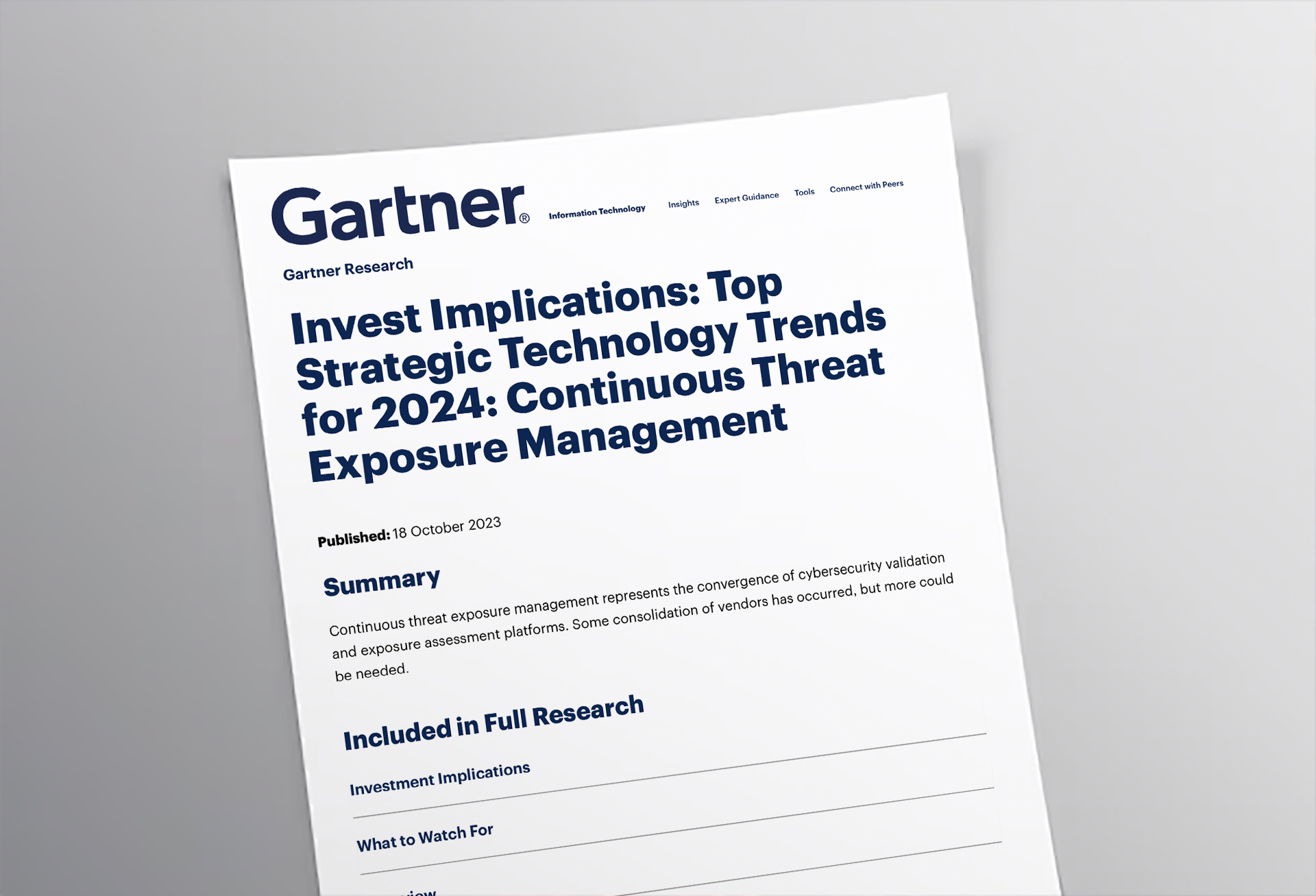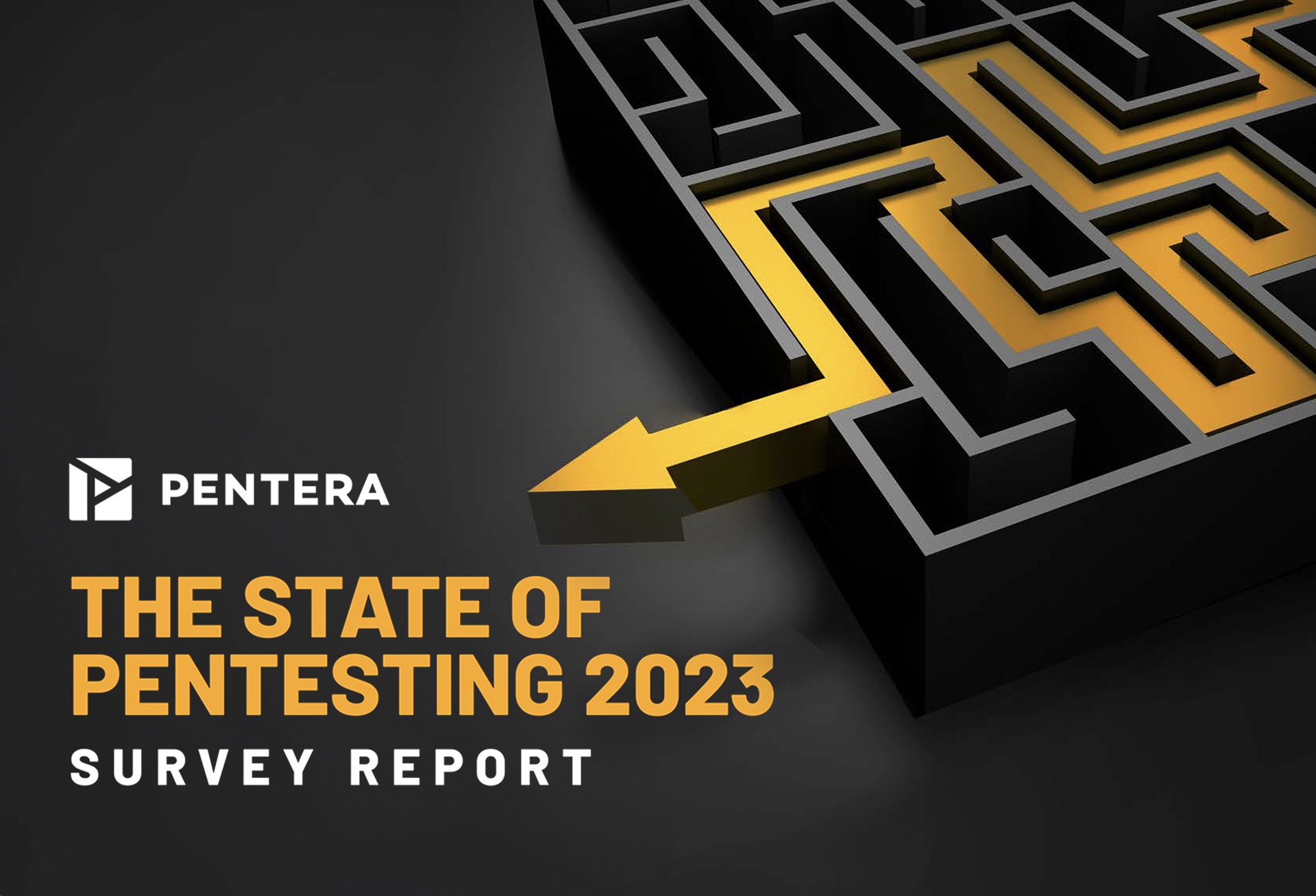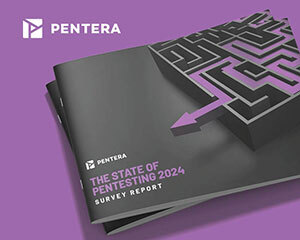The State of Cyber Attacks in 2024
Cyber threats have escalated in 2024, forcing security teams to analyze cyber attack lessons from 2024 to improve their defenses. Attackers continue to refine their tactics, targeting critical infrastructure, healthcare, and supply chains. The latest breaches reveal weaknesses in network security, access controls, and vulnerability management, underscoring the need for real-world security validation rather than traditional scanning.
Looking at recent breaches provides insight into how cyber attack lessons from 2024 can help security teams strengthen their defenses. A review of past incidents like the Wishbone data exposure reinforces the need for proactive security validation, not just patching vulnerabilities. Similar lessons can be drawn from the cyber attacks that have defined 2024.
Major Cyber Attacks of 2024 and Their Key Takeaways
The Salt Typhoon cyber-espionage campaign targeted U.S. internet service providers by infiltrating Cisco routers to gain access to sensitive data. This attack, linked to Chinese nation-state hackers, underscores the importance of securing network infrastructure devices, which are often overlooked. Organizations must implement continuous monitoring and strong access controls to prevent unauthorized access.
The Change Healthcare ransomware attack in February 2024 disrupted the U.S. healthcare system after the BlackCat (ALPHV) ransomware group crippled medical claims processing. The breach demonstrated how attackers continue to exploit high-value sectors where downtime is costly. Validating ransomware defenses and testing response plans through simulated attacks are critical steps in mitigating these threats.
The cyber attack on the Port of Seattle disrupted operations at Seattle-Tacoma International Airport, causing flight delays and network failures. The incident reinforced the need for segmented network security and attack simulations to uncover vulnerabilities before they can be exploited.
The Python Package Index (PyPI) supply chain attack saw attackers upload malicious Python packages, infecting thousands of developers. This breach highlights the increasing risk of supply chain compromises and the need for strict security policies around third-party dependencies.
The IntelBroker breach of Acuity exposed confidential government data due to poor data security practices. Sensitive documents stored in an insecure GitHub repository were leaked, showing why organizations must audit data storage and implement strict access controls to prevent unauthorized exposure.
Shifting from Patching to Security Validation
Security teams must move beyond traditional vulnerability management, which often focuses on patching every detected issue without considering exploitability. Real-world attack emulations, such as automated security validation, provide better insight into which vulnerabilities attackers are most likely to exploit. Organizations must focus on:
- Assessing vulnerabilities based on risk context rather than static CVSS scores
- Emulating attack paths to test how an adversary would exploit a weakness
- Prioritizing vulnerabilities that pose the greatest business risk instead of trying to fix everything
A broader look at modern security challenges, as explored in the vulnerability management hub, reinforces why automated validation is essential for organizations looking to break free from the endless cycle of scanning and patching.
How Security Teams Can Apply These Lessons
The biggest takeaways from this year’s cyber attacks reinforce the need for a proactive approach to security. Organizations should:
- Implement automated security validation to test security controls before an attack occurs
- Strengthen supply chain security by monitoring third-party dependencies and enforcing strict access policies
- Enhance ransomware resilience by testing backup and recovery processes against simulated attacks
- Secure critical infrastructure through continuous monitoring and segmented network security
- Audit data storage policies to prevent unauthorized access to sensitive information
Preparing for the Next Wave of Cyber Attacks
The cyber threats of 2024 have made it clear that traditional security measures are no longer enough. Organizations must transition from reactive vulnerability scanning to proactive security validation. This shift enables security teams to identify and address exploitable weaknesses before attackers can take advantage of them.
Pentera’s Automated Security Validation platform helps organizations test their security posture against real-world attack scenarios, ensuring that defenses hold up under actual adversary conditions.
Request a Demo to see how security validation can strengthen your defenses against modern cyber threats.
Frequently asked questions
What is the biggest cyber attack in 2024?
One of the most significant cyber attacks in 2024 was the Change Healthcare ransomware attack, which disrupted medical claims processing across the U.S. The BlackCat (ALPHV) ransomware group was responsible, highlighting the growing threat to critical infrastructure and healthcare systems.
What is the most likely cyber attack in 2024?
Ransomware continues to be the most frequent and damaging cyber attack method. Threat actors increasingly target high-value industries, such as healthcare, finance, and government, where downtime is costly, making victims more likely to pay the ransom.
What are the major vulnerabilities in 2024?
Key vulnerabilities exploited in 2024 cyber attacks include: Unpatched software and legacy systems, weak or stolen credentials used in credential stuffing attacks, supply chain vulnerabilities, such as the Python Package Index (PyPI) attack, insecure cloud configurations leading to data breaches.
What are the most common types of cyber attacks?
The most common cyber threats in 2024 include: 1. Ransomware attacks, with attackers using double extortion tactics 2. Phishing and social engineering campaigns targeting employees 3. Zero-day exploits used against software vulnerabilities 4. Supply chain attacks infiltrating trusted third-party services
What should companies do after a cyber attack?
Organizations should take immediate steps to contain and recover from a cyber attack: 1. Isolate infected systems to prevent further damage 2. Assess and identify the attack vector to understand how the breach occurred 3. Notify affected parties and comply with data breach reporting regulations 4. Restore data from secure backups to resume operations 5. Conduct a post-attack analysis to strengthen security and prevent future incidents
How can companies protect themselves from cyber attacks?
To prevent cyber attacks, organizations should: 1. Implement automated security validation to test defenses against real-world threats 2. Strengthen access controls and enforce multi-factor authentication (MFA) 3. Regularly patch and update software to close known vulnerabilities 4. Educate employees on phishing and social engineering tactics 5. Monitor network activity to detect suspicious behavior early. These cyber attack lessons from 2024 highlight why security teams must go beyond traditional vulnerability management and adopt proactive security validation strategies to defend against evolving threats.








